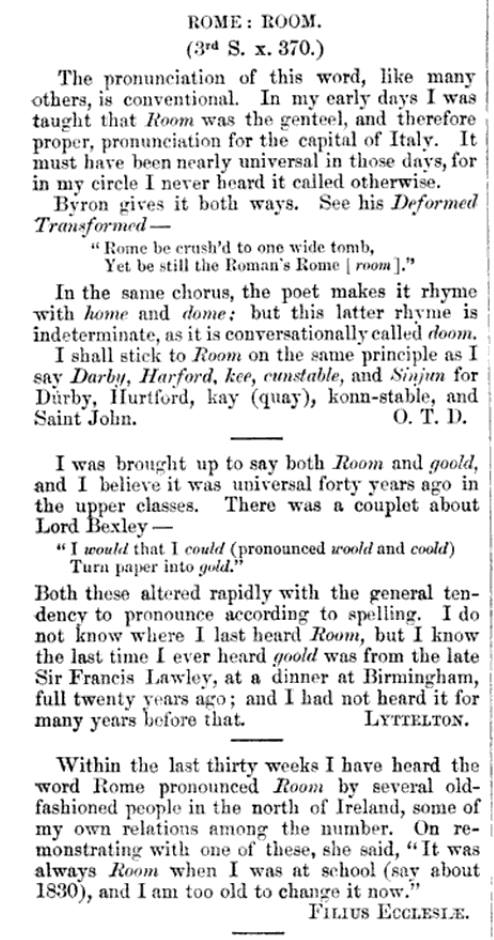Short /a ɛ ɪ ɔ ʊ (y)/
Long /a: e: i: o: u: (y:)/
Diphthongs /ʊɪ aɪ ɔɪ au̯ ɛu̯/
Short /a ɛ ɪ ɔ ʊ/ (as in: sat, set, sit, sot, gut)
Long /æ: e: i: o: u:/, (as in: pale, peal, peel, pole, pool)
Diphthongs /æɪ ɜɪ ɔɪ ɞu̯ ɪu̯ ɛu̯/ (as in: pail, pile, boy, now, due, dew)
dropbox.com/s/4ht6vir1c1zj…







